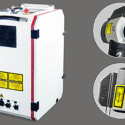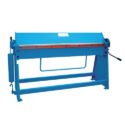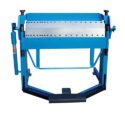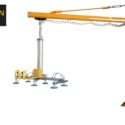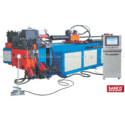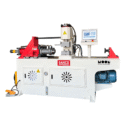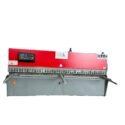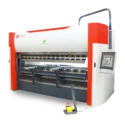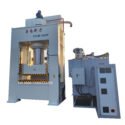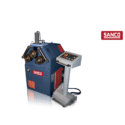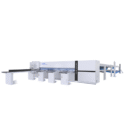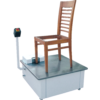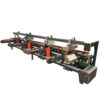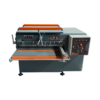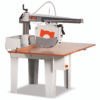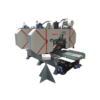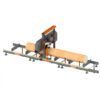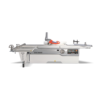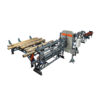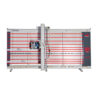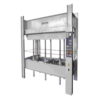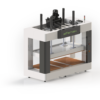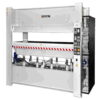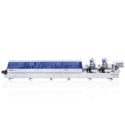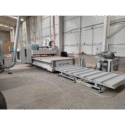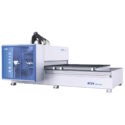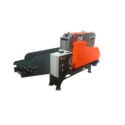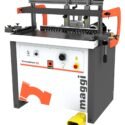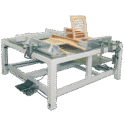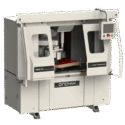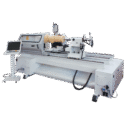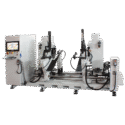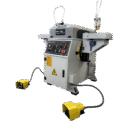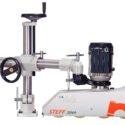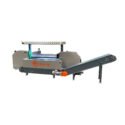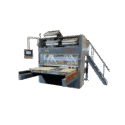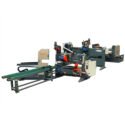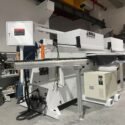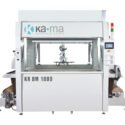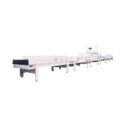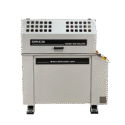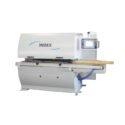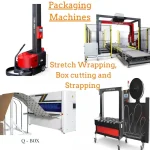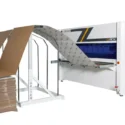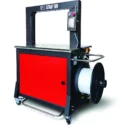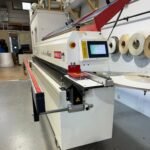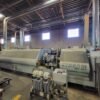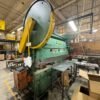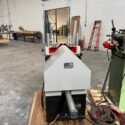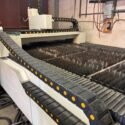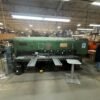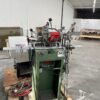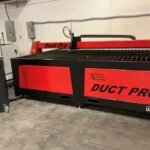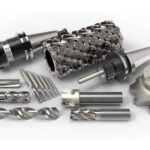
Keeping a lumber yard sawmill functioning properly and efficiently requires a detailed maintenance plan. The machinery used in sawmills is complex and needs to be regularly serviced to ensure it is running correctly and safely. A good maintenance plan should be tailored to the specific needs of the sawmill, taking into consideration the types of machinery used, the environment in which it operates, and the frequency and intensity of use. A well-planned maintenance plan can help to minimize downtime, reduce costs and maximize productivity. Regular maintenance is essential for both short-term and long-term operations, and a good plan should be both comprehensive and flexible, taking into account the changing needs of the sawmill. To ensure the sawmill runs at its peak performance, it is important to develop and maintain a comprehensive maintenance plan that is tailored to the specific requirements of the sawmill.
Why is a maintenance plan important for sawmill machinery?
Keeping a lumber yard sawmill running smoothly is a complicated process.
There are tens of machine in a lumber yard such as resawing machines, biomass boilers, briquette machines, pellet manufacturing machines, wood chippers, It involves not only ensuring that the machinery is working correctly, but also that it is safely maintained. Maintenance is critical to keep the mill running in top condition, minimizing downtime and reducing the risk of breakdowns. A good maintenance plan will reduce the likelihood of a breakdown at the mill, leading to reduced production times and fewer delays. It will also ensure that the machinery is kept in good condition for longer, extending the usable life of the sawmill. Regular machines such as four head resaw, mill saw, double blade edger, conveyor, log carriage , vertical twin resaw, debarking machine, vertical machine resawing machine and maintenance of all are important for both short-term and long-term operations, and a good plan should be both comprehensive and flexible, taking into account the changing needs of the sawmill.

What should be included in a lumber yard sawmill maintenance plan?
In order to ensure the sawmill runs smoothly, a maintenance plan should include a list of machinery and machinery components that need to be maintained. The plan should be tailored to the specific needs of the mill, taking into account the type of machinery used, the environment in which it operates, and the frequency and intensity of use. It should include checklists of tasks that need to be completed regularly, as well as specifications for when and how often a particular type of maintenance should be performed. Maintenance plans should be easy to follow and provide clear instructions for all tasks, with relevant details such as timings and costs recorded. They should also be accessible to all members of the operation, so that maintenance can be performed efficiently and effectively.
How to create your maintenance plan
First, you need to identify the machinery and equipment used in the sawmill. You will then need to assess the condition of each piece of machinery and equipment, as well as the frequency and intensity of use. This will allow you to determine what needs to be maintained and how often it should be serviced. Once this information has been collected, you can put together a detailed maintenance plan tailored to the specific needs of the sawmill. It is important to regularly review and update the maintenance plan, taking into account any changes in equipment or usage, as well as new developments in technology. This will ensure the plan remains up-to-date and reflects the current needs of the operation.
Implementing the maintenance plan
Once you have put together a maintenance plan, implementing it is the next step. The plan should be accessible to all members of the operation, so that maintenance can be performed efficiently and effectively. It is also important to keep the plan up-to-date, regularly reviewing and updating it as needed. This will ensure that the plan reflects the current needs of the operation and is easy to follow. It will also help to avoid confusion and ensure that maintenance is performed correctly and efficiently. While implementing a maintenance plan may seem like a lot of work, it is important to remember that it will result in long-term benefits. Regularly performing maintenance will extend the usable life of the sawmill machinery, reducing costs in the long run. It will also help to reduce the risk of breakdowns and malfunctions. With the right maintenance plan in place, the sawmill will be able to function efficiently and effectively.
Scheduling maintenance
While it is important to regularly perform maintenance on the sawmill machinery, it is also important to schedule and organize it effectively, so that it does not disrupt production. A good maintenance program will help to avoid unnecessary downtime and disruptions, so it is important to plan it carefully. It is recommended that you schedule maintenance for times when the production schedule is less busy, such as weekends and holidays, or during a lull in production, when the sawmill is not as busy. This will reduce the risk of downtime and make the most of the time that the mill is not operating.
Cost of regular maintenance
Regularly performing maintenance on the sawmill machinery will help to extend the usable life of the equipment. It is recommended that you schedule maintenance for times when the production schedule is less busy, such as weekends and holidays, or during a lull in production. This will reduce the risk of downtime and make the most of the time that the mill is not operating.
Safety considerations
Keeping a lumber yard sawmill in good working order will help to reduce the risk of accidents and injuries, but it is important to be careful while performing maintenance. All machinery should be treated with care, and all appropriate safety precautions should be followed while performing maintenance. This will help to protect maintenance personnel, as well as the machinery, and will minimize the risk of accidents and injuries. It is important to be mindful of the potential dangers of each piece of machinery and to follow safety guidelines when performing maintenance.
Troubleshooting tips
While it is important to regularly perform maintenance, it is also good practice to occasionally perform maintenance outside the regular schedule. This will help to ensure that the machinery is being maintained properly and that it is running as efficiently as possible. It will also help to identify potential issues before they become a problem. This can help to reduce the risk of unexpected downtime and minimize the risk of accidents. If a problem is identified early, it can be fixed more easily, resulting in less disruption and fewer delays in production. It is also important to keep records of all maintenance performed, including the dates, types of tasks performed and any issues identified. This will help to track issues and determine when items need to be serviced again. It can also be used to inform management of any potential issues facing the sawmill.
Benefits of a maintenance plan
A well-maintained sawmill will run smoothly and efficiently, maximizing productivity and minimizing downtime. Maintenance is critical to keeping the machinery in good working order, extending the usable life of the sawmill. A good maintenance plan will reduce the risk of breakdowns and malfunctions, helping to keep production flowing smoothly, without disruptions. It will also protect the safety of the operation, helping to reduce the risk of injuries. With a well-maintained sawmill, you will be able to produce higher-quality products and maximize production, which will help to boost revenue. A well-maintained sawmill will also be safer and easier to work with, reducing the stress and intensity of the job. By keeping the sawmill in good condition through regular maintenance, you will be able to maximize production and increase revenue.
We are offering maintenance plans for all the sawmill equipment purchase for your project, You can get upto %20 discount if you decide to buy the maintenance on the time of purchase,




